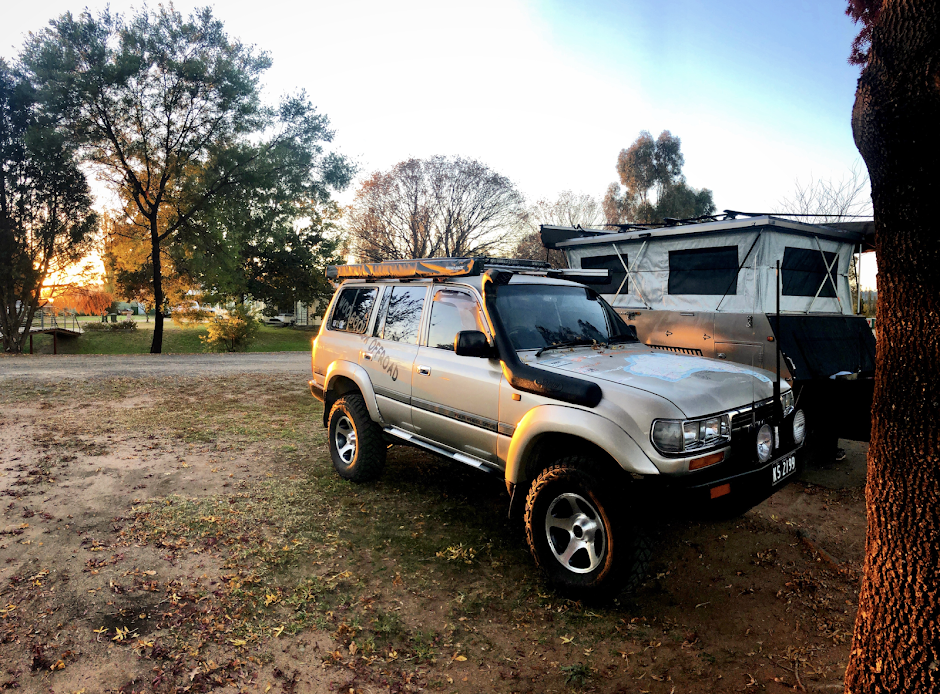Every so often you come across a hidden getaway that truly can leave you speechless. Hat Head National Park might just leave you that way. With endless beaches, stunning rainforest pockets, and some great campsites this seems like paradise. Even the fisherman have it sorted here with the continental self just 6 miles offshore and with Korogoro Creek running through the area the aquatic life is teeming here with fishing, snorkelling and great surfing.
Leaving the Pacific Highway at Kempsey it is a 30 km drive towards the coast before entering Hat Head National Park. A great tip before heading onto the beach is to spend some time at Smokey Cape on the northern side of the park to explore the old lighthouse. Captain Cook first spotted and named Smokey Cape in 1770 when he saw local aboriginals burning off in local scrub. The Smokey Cape lighthouse was built back in 1889 and was only replaced with modern technology in 1962. Today, one revolution takes 60 seconds and has a range of 25 miles out to sea. There are lighthouse tours on demand on the inside, yet even if you miss these tours it's still a fascinating piece of history to get up close and personal while in the area. The climb from The Captain Cook monument is a 130 metre up hill walk giving you stunning views along the coast in both directions.
Hat Head National Park hugs the coast for around 80km and there are several campgrounds located with in. Tucked on the northern end in the shadows of Smokey Cape lighthouse is Smokey Cape Campground, entry to the campground is on the lighthouse road just 3km away from the lighthouse. There is 4wd beach access here to explore the coastline, and there is plenty of opportunities here to unwind with fishing, snorkelling or just hanging with the kids, some say its a great piece of paradise. Check the local conditions here before you enter the beach as it can get very soft in summer time and with a high traffic flow.
Exploring the southern end of the park you will need to head towards Hat Head along the main road. Hat Head is surrounded by Korogoro Creek where the water is teeming with fish life and is safe for the kids to play. Not much happens in Hat Head, just the way the locals like it. Before heading to your campsite, take time out to explore several walking tracks that meander around the headlands. With nearly a dozen different tracks around the headlands that range from a short 30 min stroll to a coastal trek for the more experienced where the views are stunning, the wildlife is diverse and the coastline will leave you breathless.
Access to Hungry Gate campground is located as you enter the village of Hat Head on the right. The 5km dirt trail is nothing hard, but be vigilant of oncoming traffic as the road is narrow at times and can be very dusty. There are around 20 sites here, and it is first in first served for the best spots. Camping here behind the dunes under the paperbark and casuarina trees is great, listening to the ocean waves crashing on the beach a short stroll away.
If camping here for any length of time take time out for a headland walk or to the nearby Kinchela Trig Station. The walk to the trig leads you high above the headland where you have uninterrupted views along the coast. In springtime the headland and trig walking trails are alive with colour from coastal banksia, daisies and petite ground covers. A 4wd beach permit is needed to access the beaches in the area if you wish to explore the coastline further along the park.
Summertime and school holidays the campground is normally full to the brim so a little planning is needed if heading here. Bins are provided for general rubbish but be warned as there are normally a few resident Goannas cruising looking for a feed while your away from camp, best to hide all food if leaving camp. There is little 4wding in this area to explore, but don't let that deter you from exploring the Hat Head National park. It offers stunning coastal scenery, unique aquatic activities and some good old fashioned relaxation time with the family. The flora and fauna in the park is nothing short of huge. Black cockatoos, soaring kites, willy wagtails through to pristine rainforest pockets, grassy woodlands, stands of coastal banksia to the freshwater wetlands, the biodivesity of this National Park has it all to enjoy.








